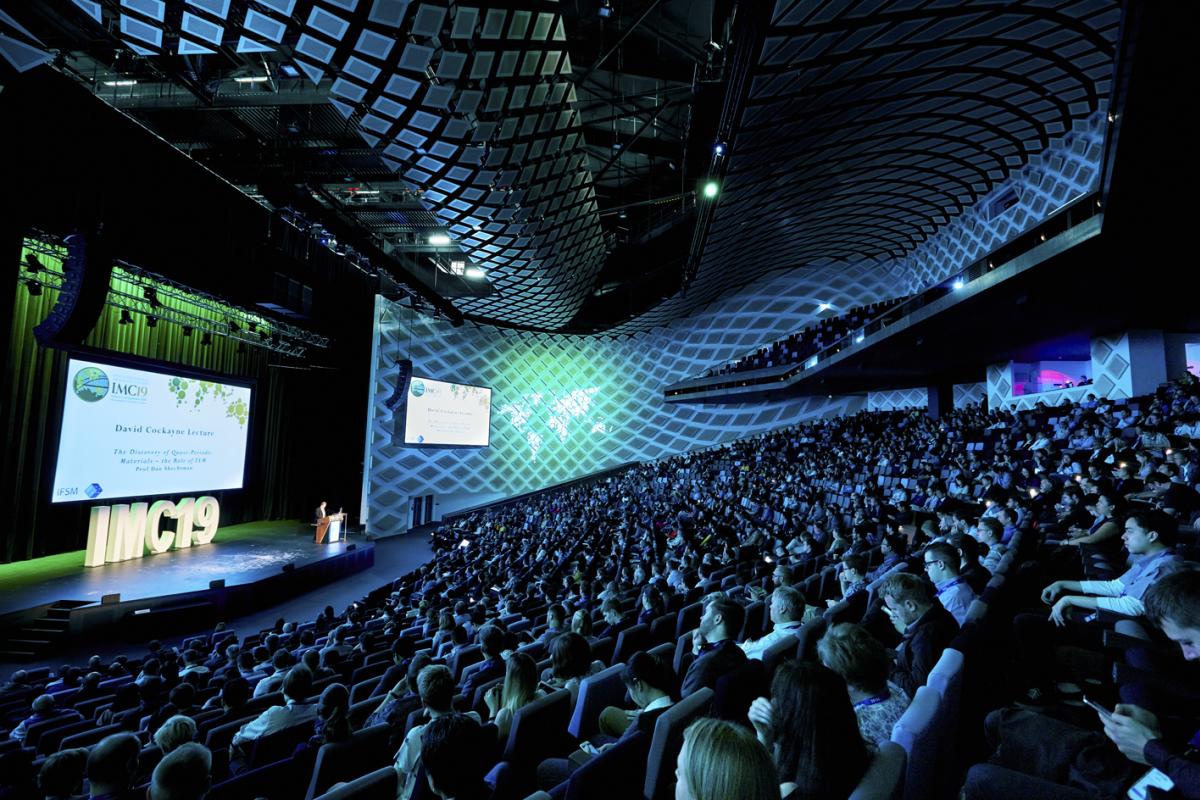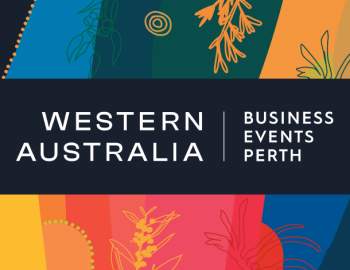Event organisers are a responsive, take-it-in-your-stride type. Throughout the last 14 months we have found ways to continue meeting despite uncertainty and the imposition of last-minute restrictions. Now with industries picking up pace once more and events returning to normal, we are beginning to ask ourselves; what is normal anyway? Why return to the standard event when we can deliver so much more?
We believe event planning needs to continue innovating and evolving to stay relevant – read on for our top tips to achieving this.

Maximising in-person events
One thing 2020 taught us is that Australians are eager to see regional Australia. According to Tourism Research Australia, regional visitation continues to soar; it found year-on-year visitation spend in regional New South Wales and Victoria alone increased 45% and 12% respectively in February 2021.
Pre- and post-touring was extremely popular in the 1980s, with delegates opting to turn a conference into ‘biztravel’ and using it as a chance to explore more of the destination and surrounds. Now with the domestic travel demand clearly there, there is an exciting opportunity to revive pre and post touring in events. This can be achieved by offering regional tours and turning your conference into a family-friendly experience – think creches and family-friendly activities. Work with your accredited touring agency to develop exciting itineraries and offer it to delegates as part of their registration.
There will no doubt be set-backs for in-person events as border restrictions continue to change and so event planners must demonstrate that all has been considered so delegates can book with confidence. Offering flexibility in the instance that delegates are suddenly unable to attend; issuing rapid-testing kits to delegates (where possible); and developing unique ways for delegates to observe social distancing restrictions are all ways to ensure the event is safe.
Arinex National Event Operations Manager, Melissa Murphy said nothing could replace in-person events – the anticipation, the power to foster meaningful connections and the multi-layered knowledge sharing.
“Events will continue to come back bigger and stronger, and it is up to event planners to ensure they are safe to attend.”
Strategic hybrid events
Virtual platforms have sprung up in multitudes, but they have a new purpose – to complement the face-to-face event, rather than merely substitute. Hybrid and online platforms have allowed meetings to go ahead come what may, and the challenge is offering remote attendees an interactive experience that doesn’t interfere with the in-person event.
When planning your hybrid event, brainstorm novel ways to engage online attendees – it may be through virtual lunches, team competitions or online roundtables. Gamification, bespoke online engagement tools and interactive communication channels are more ways to link up online and in-person attendees.
When you’re planning to expand your event online, it’s important to work with a reliable provider with experience in event technology – we have seen what can happen when things go wrong (Hello, Earth Summit!).
Arinex Head of Event Services Marcel van Egdom said that online meeting platforms should be user-friendly, flexible and come with live technical support.
“Look for tried and tested platforms that have been designed by event organisers, as they are integrated with other event elements and are extremely simple from an organiser perspective,” Mr van Egdom said.
Read a case study on transitioning to hybrid events here.
Leave a positive legacy
Events are powerful – they have the capacity to influence decisions and initiate consequences far beyond the walls of the event itself. It is possible to create a positive legacy that can be felt by attendees, the community or even the entire world in years to come. In the early planning phases, think beyond the event; set legacy objectives and always question what is the impact from each decision?
Most of all, get creative and don’t be afraid to think big – it’s exciting to think what the outcomes can be.
Read a case studies on carbon neutral event planning or designing accessible conferences.
Collaborate, collaborate, collaborate
More than ever, events benefit from genuine collaboration to achieve objectives. You should never feel you are on your own when planning an event – there is a wealth of support and networks to assist for different elements.
Inviting other experts in your field to assist with planning (even if it is just to brainstorm); opening conversations with the respective convention bureau early on; choosing an events management partner with a strong network of suppliers and empowering stakeholders to promote your message are all proven ways to creating a successful, collaborative-focused event.
To harness the benefits of collaboration, a group of leading international companies operating in the conference and events industry came together to form a body known as INCON. The Partners come together to collaborate on cutting edge services, share knowledge and exchange best practice, which INCON Director Angela Guillemet says has been very helpful during the pandemic.
“Collaboration can be very conducive to a successful event,” Ms Guillemet said.
“It can be multifaceted and involve many event stakeholders across sponsors, patient groups, organisers, teams, universities, the venue and local destination. By joining forces and collaborating everyone is brought on board at an early stage and allowed to frame what they want out of the event. This often results in creative, innovative formats where everyone has a really positive experience and realise tangible ROI.”
Learn more about collaboration in a case study on IMC19 here.
Innovation and evolution
Finally, throughout the entire event journey it is important to innovate and push boundaries. Be open to new ideas, even if it means taking calculated risks. This is not the time for sitting idle; people are looking for leadership to accelerate into the future. There are infinite ways to make your event memorable for all the right reasons. Wellness lounges, dress-up themes, interactive poster sessions, surprise social elements, online competitions, games and wellbeing breaks are just the start of what can be achieved.
Arinex CEO, Nicole Walker said to remember it is not just during the event that we should be considering.
“Post-event activity is arguably just as important,” Ms Walker said.
“You want to retain the network so that you have a captive audience for your next event, who do not just want to return, but will bring along colleagues as well.”
For more inspiration read a case study on GPTEC 2019 here.



